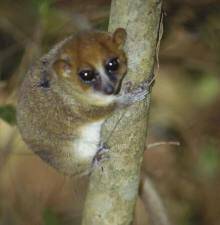
Microcebus arnholdi
Microcebus arnholdi,Arnold's dwarf lemur
Arnold's dwarf lemur (scientific name: Microcebus arnholdi) lives in tre···
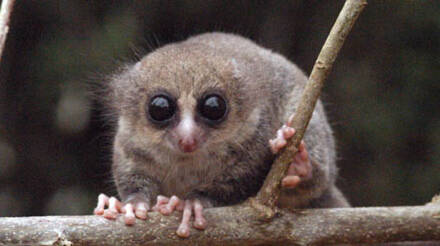
Cheirogaleus minusculus
Cheirogaleus minusculus,Lesser gray mouse lemur
The small iron-gray mouse lemur (scientific name: Cheirogaleus minusculus) i···
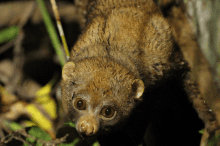
Perodicticus potto
Perodicticus potto,West African Potto、Western Potto
West African Potto (scientific name: Perodicticus potto) is also known as We···
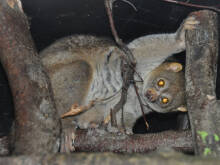
Perodicticus ibeanus
Perodicticus ibeanus,East African Potto, Eastern Potto
East African Potto (scientific name: Perodicticus ibeanus) is called East Af···
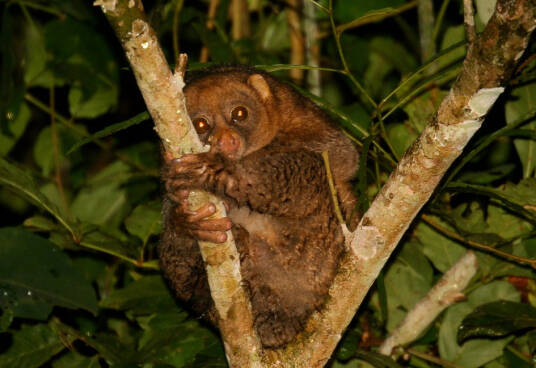
Perodicticus edwardsi
Perodicticus edwardsi,Milne-Edwards's Potto、 Central Potto
Central African Potto (scientific name: Perodicticus edwardsi), also known a···
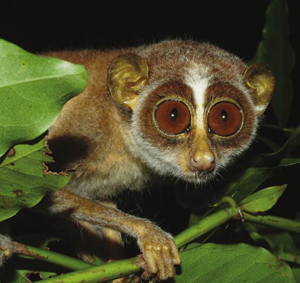
Loris tardigradus
Loris tardigradus,Red Slender Loris、 Slender Loris、 Sri Lanka Slender Loris、 Sri Lanka Wet zone Slender Loris
The red loris (scientific name Loris tardigradus), whose foreign names are R···
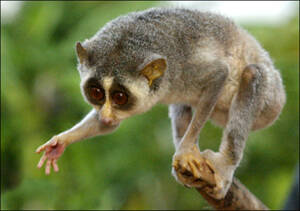
Loris lydekkerianus
Loris lydekkerianus,Gray Slender Loris、 Grey Slender Loris、 Highland Slender Loris
Gray Slender Loris (scientific name: Loris lydekkerianus) has five subspecie···
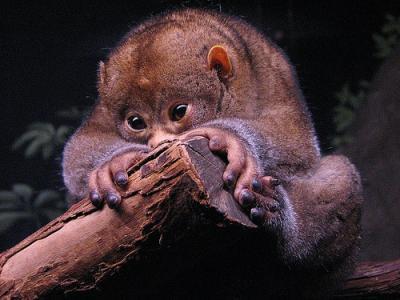
Arctocebus aureus
Arctocebus aureus
The scientific name of the small golden bear monkey is Arctocebus aureus. It···
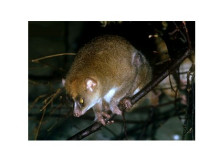
Arctocebus calabarensi
Arctocebus calabarensis,a kind of lemur
The scientific name of the golden bear monkey is Arctocebus calabarensis, an···
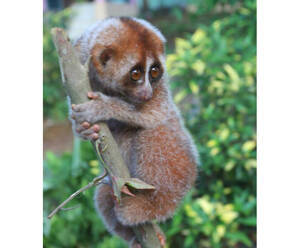
Nycticebus menagensis
Nycticebus menagensis,Philippine Slow Loris
Philippine Slow Loris (Nycticebus menagensis) is a primate of the order Pros···
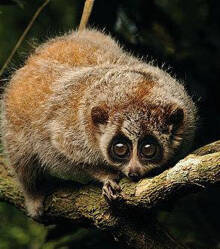
Nycticebus kayan
Nycticebus kayan,Kayan Slow Loris
Kayan Slow Loris (Scientific name: Nycticebus kayan) is named after the Kaya···
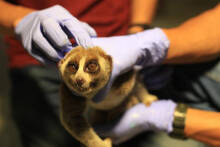
Nycticebus hilleri
Nycticebus hilleri,Sumatran Slow Loris
Sumatran Slow Loris (scientific name: Nycticebus hilleri) foreign name Sumat···
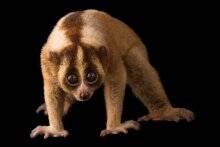
Nycticebus javanicus
Nycticebus javanicus,Javan Slow Loris
Javan Slow Loris (scientific name: Nycticebus javanicus) is also known as Ja···
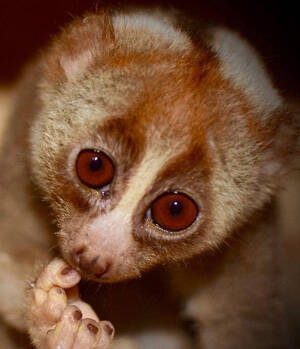
Nycticebus coucan
Nycticebus coucan, Greater Slow Loris、 Slow Loris、Sunda Slow Loris, Loris lent, Loris Lento,Middle Slow Loris
The slow loris (scientific name: Nycticebus coucan) is called Greater Slow L···
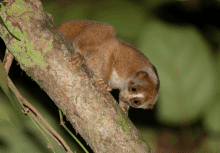
Nycticebus borneanus
Nycticebus borneanus,Bornean Slow Loris
Kalimantan slow loris (scientific name: Nycticebus borneanus), foreign name ···
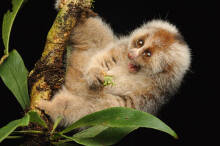
Nycticebus bancanus
Nycticebus bancanus,Bangka Slow Loris
Bangka Island Slow Loris (scientific name: Nycticebus bancanus), also known ···
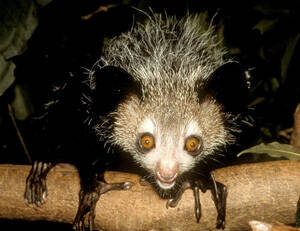
Daubentonia madagascariensis
Daubentonia madagascariensis,Aye-aye
Daubentonia madagascariensis (scientific name: Aye-aye) is named after the l···
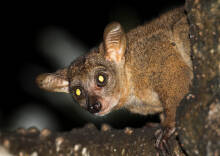
Otolemur crassicaudatus
Otolemur crassicaudatus,Rough-tailed monkey
Otolemur crassicaudatus (Latin name: Otolemur crassicaudatus) is a nocturnal···
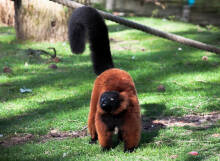
Varecia rubra
Varecia rubra,Red Ruffed Lemur
The red-collared lemur (scientific name: Varecia rubra), whose foreign name ···
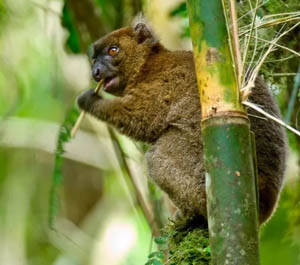
Prolemur simus
Prolemur simus,Greater Bamboo Lemur
Greater Bamboo Lemur (scientific name: Prolemur simus) is a monotypic specie···
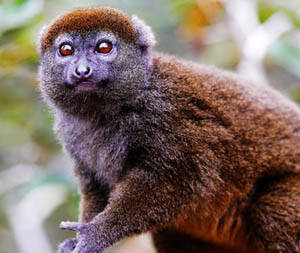
Hapalemur simus
Hapalemur simus,Greater Bamboo Lemur
The Greater Bamboo Lemur (scientific name: Hapalemur simus) is the largest l···
